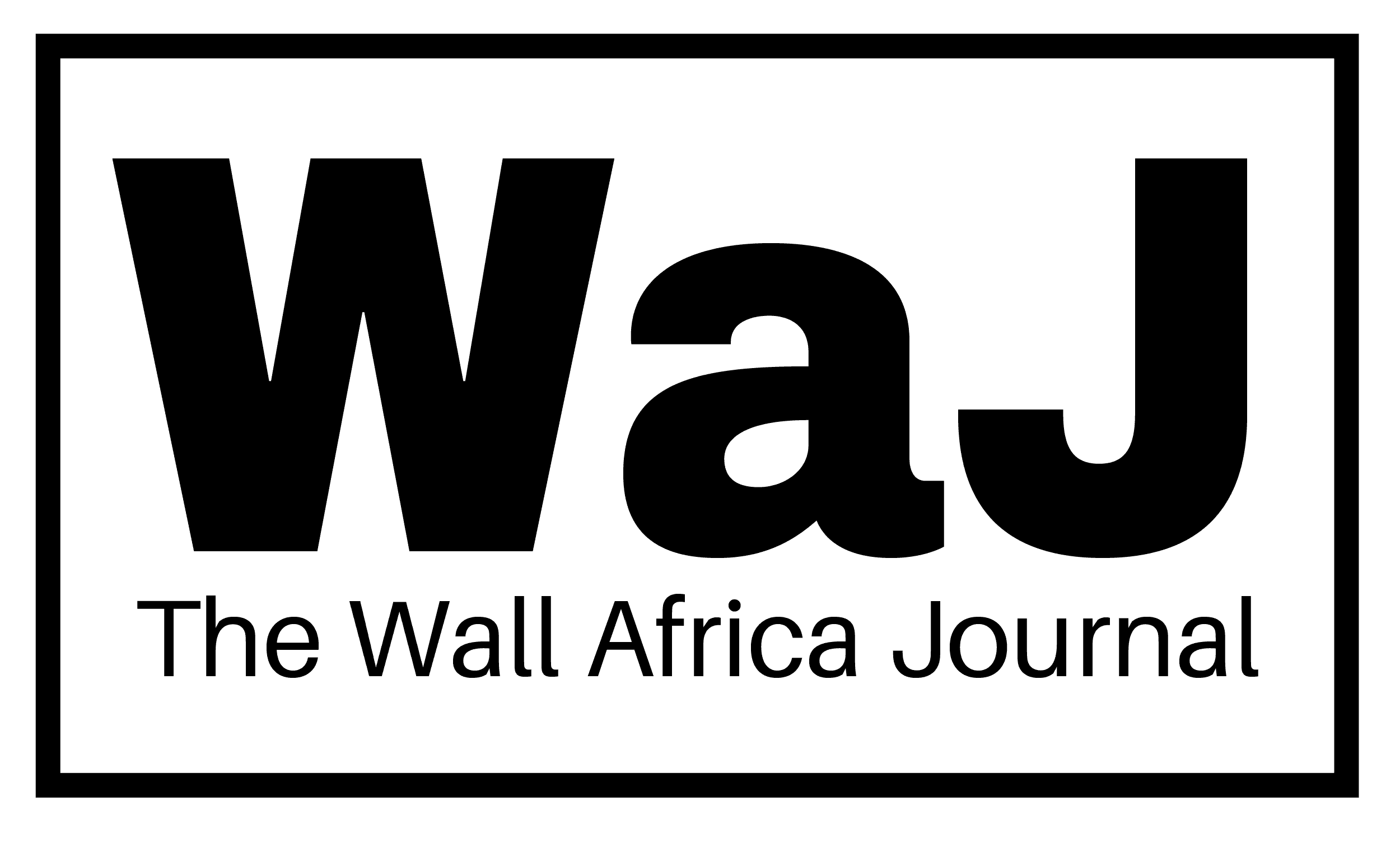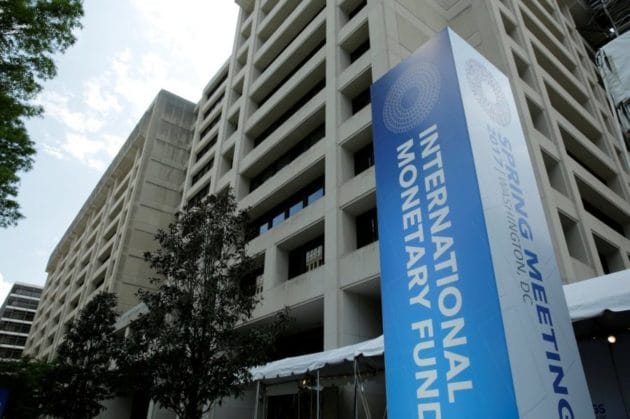As global economic pressures persist, many African nations continue to rely on financial assistance from multilateral institutions like the International Monetary Fund (IMF). Recent data released by the IMF highlights the top 10 African countries with the highest outstanding debt to the institution as of May 2025.
The rankings reflect not just current borrowing levels but also broader fiscal dynamics and the economic recovery efforts of nations still managing the aftershocks of the COVID-19 pandemic, global inflation, and domestic financial challenges.
At the top of the list is Egypt, which remains the continent’s largest IMF debtor, followed closely by several countries that have undergone significant financial restructuring or emergency borrowing in recent years.
Top 10 African Countries by IMF Debt (May 2025)
- Egypt
- Angola
- South Africa
- Nigeria
- Kenya
- Ghana
- Ethiopia
- Ivory Coast (Côte d’Ivoire)
- Morocco
- Zambia
These rankings are based on publicly available figures from the IMF’s official debt database and reflect total outstanding obligations, including program loans, emergency financing, and interest and service charges.
Nigeria and Ghana: Improving but Still in Debt
Nigeria, Africa’s most populous nation, has made headlines for its progress in repaying a $3.4 billion emergency loan secured under the Rapid Financing Instrument (RFI) in 2020. This loan was aimed at softening the pandemic’s economic blow. As of April 30, 2025, Nigerian authorities completed the final principal payment—ahead of schedule. However, the IMF clarified that some service charges, estimated at $30 million, remain unpaid.
Meanwhile, Ghana, which is recovering from a severe debt crisis, has seen a notable improvement in its debt-to-GDP ratio. According to Barclays Plc, the figure dropped to 54% in January 2025, down from 61.8% in December 2024. This is a significant milestone in the country’s three-year-old $3 billion IMF support program, which was originally structured to last until 2028.
Broader Implications
While some countries are showing progress in stabilizing public debt through fiscal reforms and economic growth, others continue to grapple with structural challenges. IMF loans remain a double-edged sword—providing essential liquidity in crises but often coupled with strict conditions that can strain social and political systems.
In the coming months, analysts will be closely watching debt restructuring negotiations, austerity policies, and macroeconomic reforms across the continent, particularly in nations with high IMF exposure.



